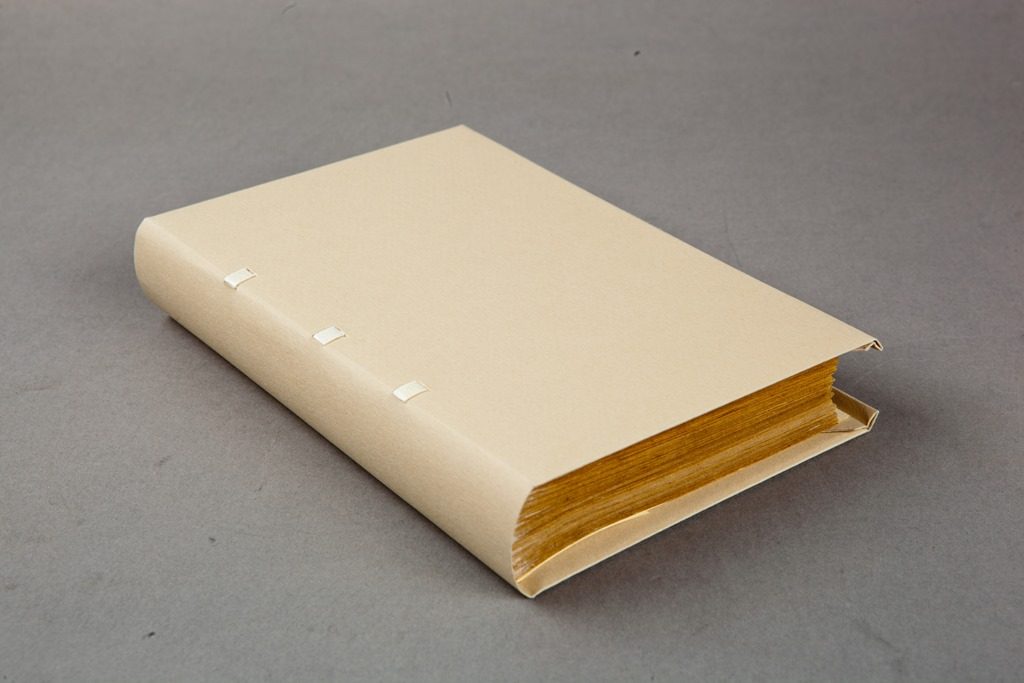Interests in theory of conservation and restoration and phenomenological approaches to the antique and everyday objects.
Publications on the topic:
Paper pretends to look closer to the development of conservation of bindings at the Vilnius University Library as part of the history and professional self-reflexion on conservation of books in Lithuania, scarcely discussed until now. The overview allows to distinguish several different periods in the history of the Department of Restoration: the early years of training new professionals in bookbindery and conservation; a „craftsmen period“ characterized by improvement of skills in bookbindery and collection of tools and teaching of junior conservators; a shift from craft to conservation determined by national conservator‘s certification process, a clearer definition of criteria and methods of intervention and appearance of more systemized professional vocabulary. Finally, a present period which is characterized by re-discovery of the craft, seen from the perspective of a conservator.
In 1968, the first conservation lab for library materials in Lithuania was established at the Vilnius University Library. This conservation department together with the Graphic Arts Section of the Restoration Centre of the Lithuanian Art Museum that had been founded earlier became the cornerstone of the Lithuanian school of document conservation. The history of the Restoration Department of the Vilnius University Library encourages us not only to celebrate the long-time experience of conservation, but also to apply a critical view. In Lithuania, especially in the environment of social sciences and the humanities, there has been a notable absence of scientific discourse on document conservation and preservation, thus the study of such experience seems relevant and so far unprecedented. The article aims to present the archive of condition and treatment reports covering the period between 1968 and 2017, and to discuss some cases of conservation works carried out over the fifty years.
- “Apie primirštą Vilniaus Saulės kapinių erdvę/ On the forgotten space of Saulės cementery in Vilnius” (in Lithuanian) in Baltos lankos, No. 37, 2013, p. 102-125.
Vilnius Saulės cemetery, despite of being described as a part of national cultural heritage, seems to vanish. The object of analysis is to describe some ways of perception of the space of this cemetery. Using a phenomenological approach the movement and interaction with the space of cementery are discussed. Nature as an opposition of culture takes important role in the structure of meaning of whole cemetery. Activity of nature is manifested as chaos and spatial organization of nowaday cementery is related to a labyrinth. Gravestones, tombs and monumets represent a microdiscourse of Saulės cemetery in which the grave appears as a private enclosed territory. Memory as an individual and cultural activity requires active participation in maintaining the past in the present and it takes important part in attendance at the cemetery. It is supposed that the oblivion manifested in vanishing Saulės cemetery represents a certain gap in the cultural activity while culture is reorienting itself to receive new cultural information.
Article based on master thesis in Masters Degree of Semiotics, Vilnius University, Faculty of Philology, A.J. Greimas Centre for Semiotics and Literary Theory, 2011-2013.

